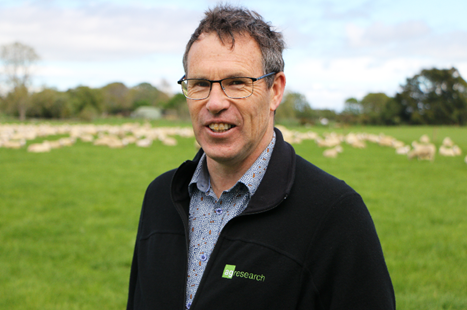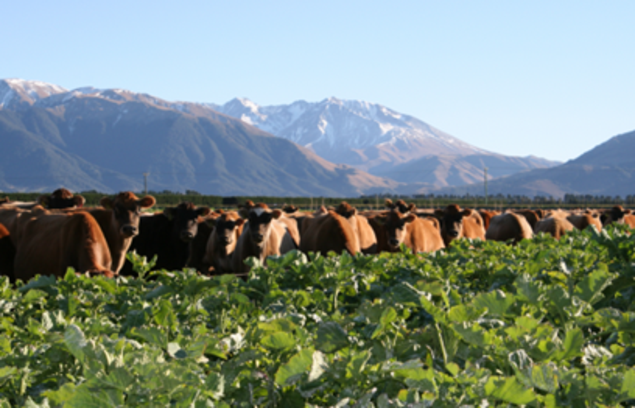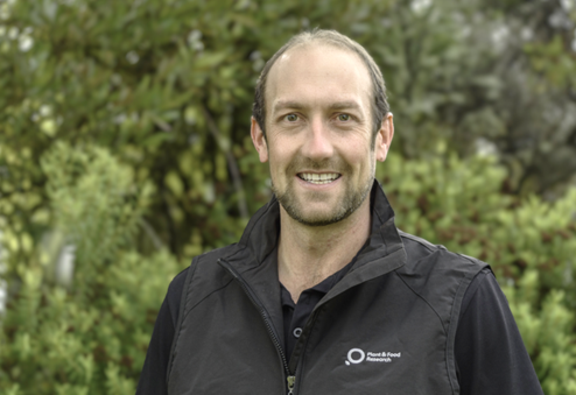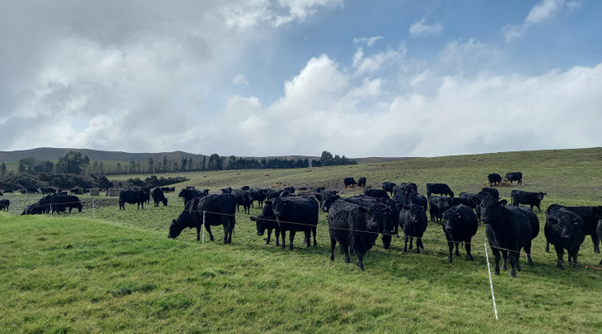And warm up with the prospect of cleaner, kinder winters.
It’s mid-winter, a few years from now.
Despite cold, steady rain overnight, today is fine. So too are your people, your animals, and your land.
Preventing just one thing on the farm has profoundly improved this time of year.
It’s still a work in progress, but every season gets better. Learning how to winter without mud is the best move you ever made.
Say hello to your potential future. It’s not the simplest way to farm, but the payoff is substantial. Happier people. Healthier animals. Cleaner water. Soil that stays where it should be. Less stress, less mess. Ready for a change?
So many decisions
Feed pads. Barns. Bale grazing. All-grass wintering. Catch-crops. Brassicas. Fodder beet. Multi-species forage crops. Shelter. Lying space. Critical source areas. Portable troughs. Slope management. Resource consent.
The list of winter options and responsibilities goes on and on. But in the end, it pretty much all comes down to mud. Mud in winter is bad news, no matter where or what you farm.
And it’s only going to become even less acceptable in years to come, for all sorts of social, environmental and welfare reasons.
Fortunately, we already know a lot about minimising mud to better balance the conflicting needs of people, animals, soil and water during winter. And we learn more with every new research project and DIY farm trial.
So let’s explore some current thinking about wintering systems of the future, from a couple of different perspectives.

David Stevens, AgResearch.
The farm systems scientist
AgResearch senior scientist David Stevens, Invermay, first studied winter feeding in the early 2000s.
Since then, he’s authored and co-authored nearly 20 papers on many different aspects of wintering deer, sheep, beef and dairy cows; his latest research1 will be published soon.
Whether he’s talking about foraging behaviour in deer, lamb survival, soil compaction, farm labour requirements, pasture re-growth in spring, water quality, or the effect of crop choice on body condition score in dairy cows, two themes prevail.
Theme one: “Mud in winter is a red flag. It’s bad for animals, people, soil, water and pastures. So whatever approach we take to wintering, we have to first ask ourselves, how can we minimise the mud?”
Theme two: “Whenever you opt for simplicity, usually there are consequences. We have to recognise this with wintering, and get our head round the level of complexity we need to add to our systems to achieve the best possible overall outcome.”

Cows wintering on kale in Canterbury.
Tell me more
Simple wintering systems are easy and repeatable, with few components. Think intensive winter grazing on fodder beet, kale or swedes.
Lots of forage, lots of animals on a limited area of land … and lots of potential mud, with all the known negative consequences for people, animals and the environment.
Losing the mud means adding more components (and complexity) to wintering systems.
Good examples are increasing regulation around use of winter forage crops in some regions, and welfare guidelines for animals grazing them.
The prospect of yet more complexity going forward might seem daunting. But David says introducing new components to your wintering doesn’t have to be as disruptive as it sounds.

Sheep grazing a multi-species mix of predominantly kale, swedes, Italian
ryegrass and ryecorn in July, after average rain.
Beyond the status quo
“For sheep farmers, for example, it might just start with sowing some Italian ryegrass with your swedes. Doing that increases protein in the diet, adds roots to help hold the soil together, takes up nitrogen during winter, and provides a bit of extra feed in spring.”
Mixing grass, cereals, legumes and herbs with a forage brassica for a multi-species, multi-graze option that can be first grazed in late summer or autumn, and continues growing in spring, is shaping up as a useful new option for southern sheep farmers.
For cattle, “bale grazing with hay on pasture, which provides both food and something for them to lie on, does appear a pretty good option, but you have to have some space.”
At the other extreme, he says, some velvet producers now house stags for 90 days with appropriate management, bedding and feeding to ensure they don’t simply exchange one set of outdoor wintering challenges for another indoors.

Brendon Malcolm, Plant & Food Research.
The soil scientist
Plant & Food Research senior scientist Brendon Malcolm, Lincoln, has a different focus on wintering, but shares similar views about how these systems might look in the future.
Ten years ago Brendon began investigating catch-crops as a way to soak up excess soil nitrogen from winter crop paddocks before it leaches into groundwater.
He doubted the concept would work – soils would be too wet and cold for good germination, growth would be minimal. Results of that first experiment, direct drilling oats in July, in Canterbury, after winter kale, were a big surprise.
Today he remains happy to have proved himself wrong, and continues working closely with farmers to refine and support sowing of catch-crops as soon as possible after winter forage crops are grazed2.
Uptake is increasing, and will gain traction as more farmers see how well such crops can actually grow in their conditions. He understands why they might be dubious.
“I’ve been sceptical all along! Even after we proved you could successfully establish oats as a catch-crop in the middle of a South Island winter, it took several years of research with soil lysimeters before I believed catch-crops would reduce leaching.”

Lysimeters at Southern Dairy Hub measuring leaching from catch-crops.
Pick and mix
In future, he believes, “there’s not going to be just one way of wintering. Instead there will be a balance of different methods and techniques, depending on your region, soils, stock class and farm system.”
Conventional, high yielding winter forage crops stay in the mix, because of the amount of energy they provide to animals, but are more carefully selected, established and grazed.
“And I’d like to think there would be less bare ground in winter, for less time.” Catch-cropping oats and short-term ryegrass is obviously one option here, as is intercropping multi-graze species.
But there are several others – leaving more uncultivated strips in forage crops; inter-cropping different species of winter forage; better, more informed management of both crops and animals; grass wintering with baleage.

Bale-grazed beef cattle in August, after winter rainfall of approximately 50%
greater than normal.
Laying the groundwork
Brendon agrees all these different scenarios can be a lot to take in. So what’s the best way forward?
“I think it’s really important to have an open mind, to ask yourself: Is the way we winter really the best it can be, or are there other opportunities that might actually deliver better outcomes for us?
“Equally, you need to be critical, and do your homework, get the right help trying to work out what techniques will most suit your farm.”
And don’t be afraid to ask questions. Catchment groups, other farmers, industry organisations and researchers all have knowledge to share.
We’re always here to help too. Reach out anytime for a personal Pasture Health Check with your local Barenbrug team.
1’From Winter Forages to Pastures’ is part of a multi-year AgResearch project on improving wintering outcomes from winter forage systems, funded by the Sustainable Land Management and Climate Change Fund.
2Latest guidelines on Catch-crops for Reduced Nitrogen Leaching can be found at dairynz.co.nz and far.org.nz.


